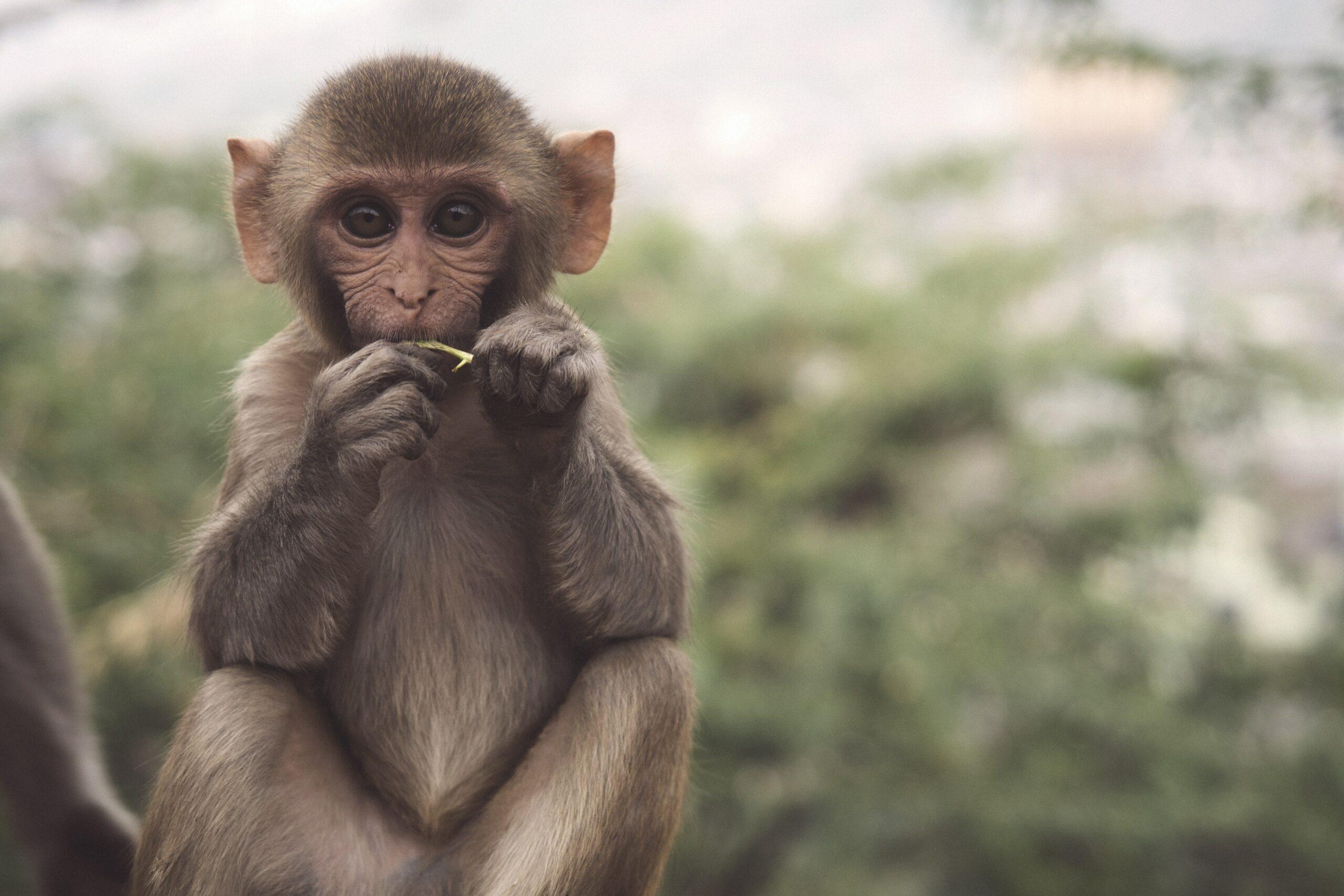Welcome to the intriguing world of the mischievous monkeys! These lively creatures belong to the order Primates and the family Cercopithecidae. Monkeys are highly intelligent and social animals, known for their dexterity, curiosity, and agile movements.
Monkey around with us as we look to explore and learn more about the various species, diet, reproductive habits, lifespan, unique traits, and the distinction between monkeys and chimpanzees. Let’s embark on an exciting journey to discover more about these mischievous and enchanting primates!
Types of Monkeys:
With over 260 known species, monkeys are a diverse group of primates found in various parts of the world. Here is a look into some of the more common and popular types of monkeys:
Spider Monkey (Ateles): Spider Monkeys are known for their long, slender limbs and a prehensile tail that acts as an extra limb. They have a wide range of habitats, including rainforests, and are skilled at swinging and leaping through the trees.
Howler Monkey (Alouatta): Howler Monkeys are large, with a stocky build and a distinctive vocalization that can be heard from great distances. They primarily inhabit the forests of Central and South America and have a herbivorous diet consisting of leaves, fruits, and flowers.
Capuchin Monkey (Cebus): Capuchin Monkeys are small to medium-sized primates known for their intelligence and dexterity. They have a varied diet, including fruits, nuts, insects, and small vertebrates. Capuchins are found in Central and South America.
Squirrel Monkey (Saimiri): Squirrel Monkeys are small and agile primates with a slender body and a long, non-prehensile tail. They inhabit the tropical forests of Central and South America and are known for their social behavior and acrobatic abilities.
Mandrill: Mandrills are the largest species of monkey, known for their colorful and distinctive facial markings. They reside in the rainforests of Central Africa and have a primarily herbivorous diet, including fruits, seeds, and leaves.
Vervet Monkey: Vervet Monkeys are medium-sized primates found in Africa. They have a grayish-brown coat and a long tail. Vervets are highly adaptable and can be found in various habitats, including woodlands, savannas, and mountains.
Black Howler: Black Howler Monkeys are a species of howler monkey found in the rainforests of Central and South America. They have a dark coat and are known for their deep, resonating vocalizations.
Proboscis Monkey: Proboscis Monkeys are known for their unique appearance, including a long, fleshy nose and a potbelly. They are native to the island of Borneo in Southeast Asia and primarily inhabit mangrove forests and riverine areas.
Each species possesses unique physical features, habitats, and behaviors, making them intriguing subjects for study.
What makes monkeys unique?
Monkeys possess several distinctive characteristics that set them apart from other animals. One notable feature is their prehensile tail, which acts as a fifth limb, allowing them to grasp branches and move with ease through the trees.
Additionally, monkeys have excellent hand-eye coordination, enabling them to manipulate objects and use tools, such as rocks or sticks, for various purposes like obtaining food. They also have well-developed social structures, engaging in complex communication and exhibiting empathy and altruistic behaviors within their groups.
Summary
Monkeys are captivating creatures with their intelligence, agility, and diverse adaptations. As we delve into the world of these mischievous primates, we gain a deeper appreciation for their unique characteristics and their vital role in our ecosystems.
Through continued research and conservation efforts, we can ensure the protection of these remarkable animals and their habitats, allowing future generations to marvel at their intriguing behaviors and the intricate web of life they contribute to.



































































